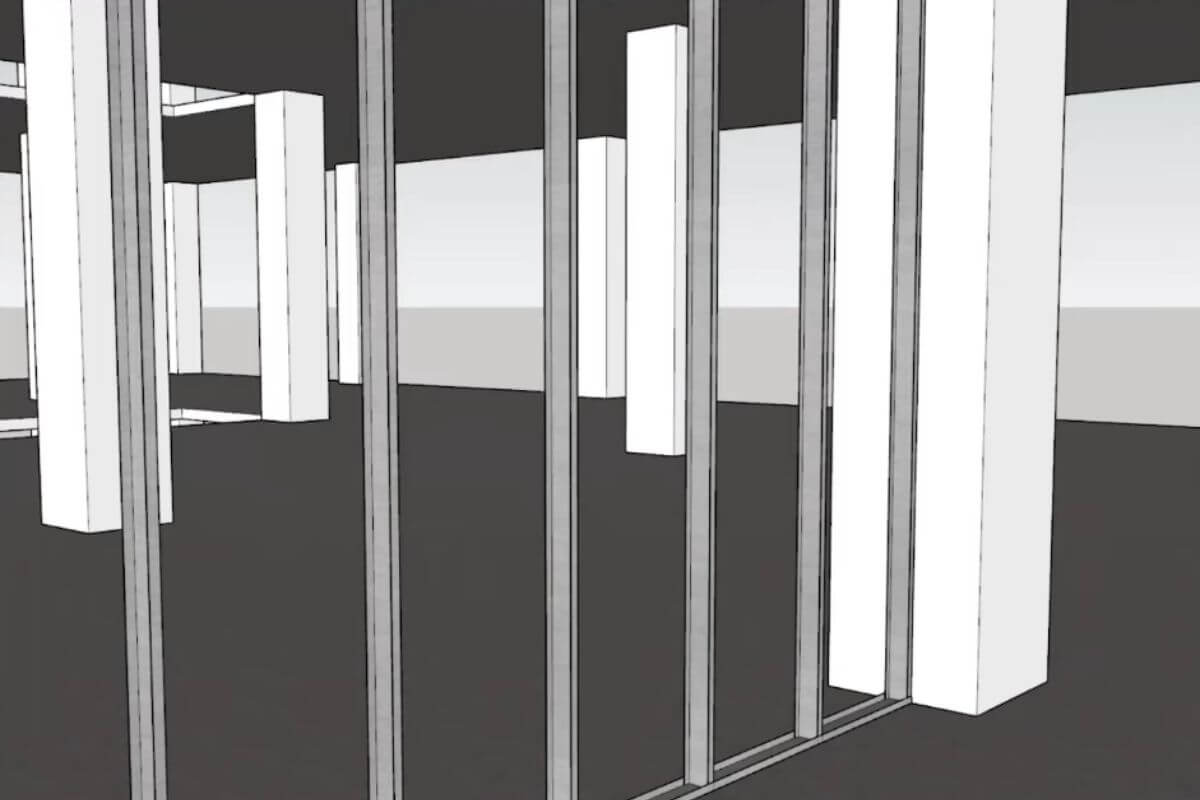When it comes to building a wall, the spacing of the studs can play an important role in the strength and stability of the structure. Two common stud spacing options are 16 inches and 24 inches. In this article, we’ll compare the two options to help you decide which is better for your building project.
1. Strength and Stability
Stud spacing can affect the strength and stability of a wall. A wall with 16-inch stud spacing will have more studs, which means more support for the wall. This can make the wall stronger and more resistant to damage. However, a wall with 24-inch stud spacing can still be strong and stable if it’s built with high-quality materials and installed properly.
2. Cost
Cost is an important consideration for many people when choosing between 16-inch and 24-inch stud spacing. A wall with 16-inch stud spacing will require more studs, which means more materials and labor, making it more expensive than a wall with 24-inch stud spacing. However, the cost difference may not be significant enough to impact your decision.

3. Insulation
Insulation is another factor to consider when choosing between 16-inch and 24-inch stud spacing. A wall with 16-inch stud spacing provides less space between the studs for insulation, which can impact the insulation’s effectiveness. A wall with 24-inch stud spacing provides more space for insulation, making it more effective at reducing heat loss and improving energy efficiency.
4. Soundproofing
If soundproofing is a priority, then 16-inch stud spacing is a better option. A wall with 16-inch stud spacing will have more studs, which means more material for sound insulation. This can make the wall more effective at blocking sound from one room to another.
5. Ease of Installation
Installing a wall with 16-inch stud spacing can be more labor-intensive than installing a wall with 24-inch stud spacing. The additional studs mean more measuring and cutting, which can increase the time and effort required for installation. A wall with 24-inch stud spacing is easier and faster to install.
Conclusion
Both 16-inch and 24-inch stud spacing options have their advantages and disadvantages, and the choice will ultimately depend on your specific needs and preferences. A wall with 16-inch stud spacing is stronger and better for soundproofing but can be more expensive and labor-intensive to install. A wall with 24-inch stud spacing is less expensive and easier to install but may be less effective for insulation and soundproofing. When choosing between the two, consider factors such as strength and stability, cost, insulation, soundproofing, and ease of installation.
FAQs
Can I use 16-inch stud spacing on a load-bearing wall?
Yes, you can use 16-inch stud spacing on a load-bearing wall, but it’s important to consult with a structural engineer to ensure that the wall is strong enough to support the load.
Can I use 24-inch stud spacing for soundproofing?
24-inch stud spacing is less effective for soundproofing than 16-inch stud spacing. If soundproofing is a priority, then 16-inch stud spacing is a better option.
Is 16-inch stud spacing more expensive than 24-inch stud spacing?
Yes, a wall with 16-inch stud spacing will require more materials and labor, making it more expensive than a wall with 24-inch stud spacing.
Which stud spacing option is better for insulation?
A wall with 24-inch stud spacing is better for insulation, as it provides more space for insulation to be installed.



